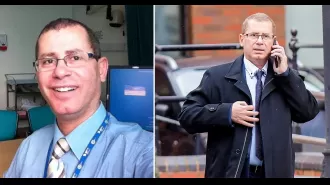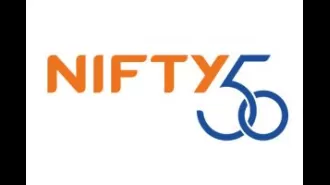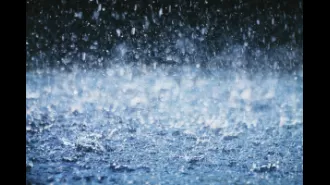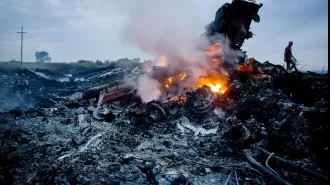2,000 year old Vesuvius scrolls can now be read as 1st word has been deciphered.
Scrolls are a puzzle from long ago.
October 18th 2023.
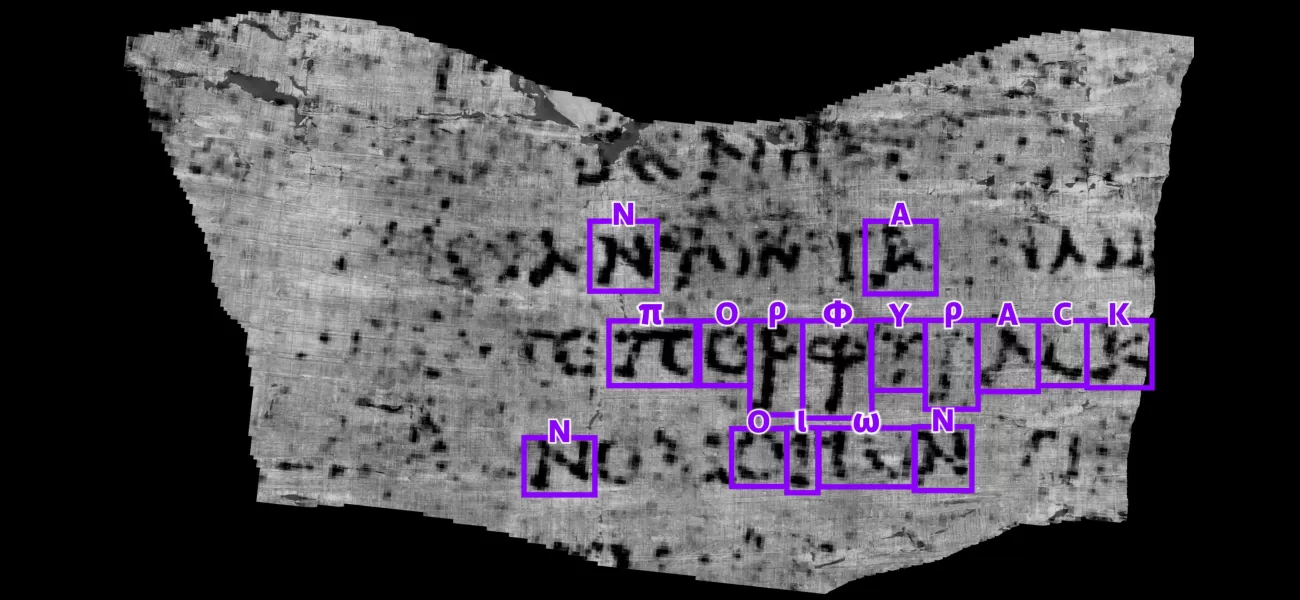
For almost two millennia, the secrets of an ancient scroll have been buried in the depths of the Herculaneum papyri, a collection of 1,800 scrolls buried during the 79CE eruption of Vesuvius. The scrolls were too fragile to be unrolled, and researchers were unable to detect the carbon-based ink used to write the text.
However, after years of testing, a team from the University of Kentucky and Oxfordshire-based science facility Diamond Light Source have made a breakthrough. Using new technology, they were able to amplify the ink signal from within and decipher the writing.
In an effort to get the public involved, the team set up the Vesuvius Challenge. They offered a reward of $40,000 to the first person to identify 10 letters in a 4cm squared area of the scroll. The winner was 21-year-old computer science student Luke Farritor, who discovered the words 'purple dye'. Biorobotics graduate student Youssef Nader was rewarded with an additional $10,000 prize for his discovery of the same words.
The scrolls were excavated in 1752 and are believed to have belonged to Julius Caesar’s father-in-law. Most of the scrolls are located at the Biblioteca Nazionale di Napoli, but a few have been gifted to dignitaries and reside in the Bodleian Library at Oxford University, the British Library, and the Institut de France.
The discovery of the word 'porphyras', or purple in English, is a major breakthrough. It marks the first time in almost two thousand years that anyone has been able to read a word from the ancient scrolls. Thanks to the new technology created by Diamond Light Source, these long-lost secrets are finally being revealed.
However, after years of testing, a team from the University of Kentucky and Oxfordshire-based science facility Diamond Light Source have made a breakthrough. Using new technology, they were able to amplify the ink signal from within and decipher the writing.
In an effort to get the public involved, the team set up the Vesuvius Challenge. They offered a reward of $40,000 to the first person to identify 10 letters in a 4cm squared area of the scroll. The winner was 21-year-old computer science student Luke Farritor, who discovered the words 'purple dye'. Biorobotics graduate student Youssef Nader was rewarded with an additional $10,000 prize for his discovery of the same words.
The scrolls were excavated in 1752 and are believed to have belonged to Julius Caesar’s father-in-law. Most of the scrolls are located at the Biblioteca Nazionale di Napoli, but a few have been gifted to dignitaries and reside in the Bodleian Library at Oxford University, the British Library, and the Institut de France.
The discovery of the word 'porphyras', or purple in English, is a major breakthrough. It marks the first time in almost two thousand years that anyone has been able to read a word from the ancient scrolls. Thanks to the new technology created by Diamond Light Source, these long-lost secrets are finally being revealed.
[This article has been trending online recently and has been generated with AI. Your feed is customized.]
[Generative AI is experimental.]
0
0
Submit Comment

